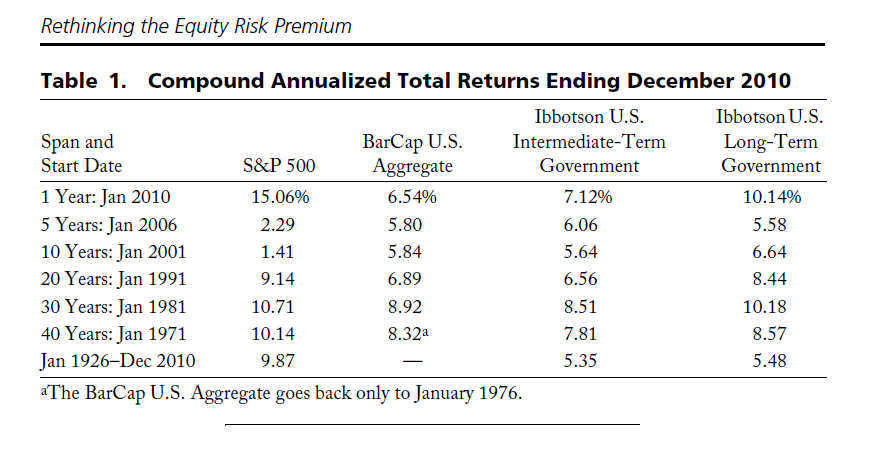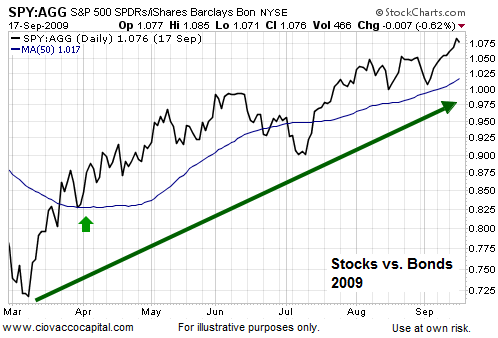Why Emerging Markets Bonds Can Continue to Outperform AOL On
Post on: 16 Март, 2015 No Comment

YOU MIGHT ALSO LIKE
Grab video code:
Why Emerging Markets Bonds Can Continue to Outperform
International Investing presented by Morningstar.com
Jason Stipp: I’m Jason Stipp for Morningstar it’s International Investing week on
Morningstar.com and today we’re focused on the emerging markets. I’ve
got on the phone with me today. Michael Gomez from PIMCO emerging
Michael Gomez: Thank you so much for having me.
Jason: First question for you the category returns in the emerging markets bond
category have been very good over several trailing time periods. My
question for you is do you feel like this area the market maybe a bit
overheated maybe the market has gotten a little bit a head of the
fundamentals in the emerging markets bonds base what’s your take on
evaluations today?
Michael: Oh we still think that there’s good value remaining in emerging markets
you’re right that the total returns have been very strong and in 2010 year
to date they are also very strong but I think that we need to take a more
granular look at the different portions of the asset class and deconstruct
where these returns are coming from so if you look at the external debt
portion of the asset class we see is sort of a very long duration asset class
over 7 years of duration and so the total returns in large part been drawn
by the very strong row that you’ve seen in U.S Treasure yields any
associated hail wind if that’s given to emerging market external debt.
Your spreads are only 15 basis points tighter on the year. When you look
at local markets what we’ve seen is both the compression and local
markets yield as fundamental – to exert themselves and also more recently
you’ve seen a kale wind in terms of total returns coming from the current
side so you know you’re right to say that the returns have been strong yeah
but our senses that this is NASA class continue to outperform relative to
the global fixing come opportunity set.
Jason: As you’re looking out across your investment universe on your stomping
grounds are you finding any areas where the opportunity to look
particularly compelling and the flip side are there any areas where it looks
like it maybe time to tri or to be a little bit more cautious?
Michael: You know we continue to think that the local markets portion offers great
value. When we look across emerging markets and we compare emerging
local opportunities against sovereign external opportunities what we see is
that you know moving away from external and into local essentially
allows the investor to go up three notches in credit rating. They can go
down about 2 years in duration and at the same time they wound up
picking up roughly 75 basis points in carry so when we see those three
characteristics higher credit rating down in duration and up and carry you
now those are indicative of relatively attractive opportunities so we’ve
been moving more of our assets into a local space and we continue to
think that’s very attractive.
Jason: The question of fundamentals I think a lot has been written recently about
how a lot of the emerging and developing world has pretty strong
fundamentals compared to some of the fundamentals that we see in a
developed world with some fo the debt problems that several countries
have how would you characterize the fundamental situation in the
emerging markets first is a developed world today?
Michael: Well you know what I think you’re right Jason for the most part we see
that emerging markets fundamentals are relatively strong. So when you
look at just basic stock, debt numbers emerging market get the GDP as an
overall asset class. IT’s about 35% in the developed world it’s about
100%. When we look at slow data we also that emerging market down to
payments took a current account tend to be characterized by surplus wh—
the deficits so far so none of us would stop basis from a flow a basis
emerging market also look very comfortable.
So the fundamentals look good so when you listen to the debt side and the
bounce came inside also the gross outlook for merged markets looks much
more robust and self sustainable. I think the other part of the equation that
we always have to consider though is you know what is a pricing of those
fundamentals and pricing of the risk and there I think we reach the point
where after a multiyear voyage of emerging markets sovereign credits
being under priced and undervalued I think today we would characterize
them for the most part as being relatively share valued so much of the
improvement in a story like Brazil which is a Triple B minus rating credit
is now I think pretty much reflective in 5 year credit risk levels that trade
around libel plus 110 basis points.
A similar comparison can be made to a country like Indonesia which is a
solid double B and perhaps very much on a – and a investment grade card
in itself but again 5 year credit spare traits around libel plus one shifty so
when we look that these have to spread we say you know this is ASA class
whose economic volatility and also financial markets volatility you think
is on a continued declining trend but we’re in evaluations I think for the
most part reflect that fair value after many years of being mispriced and
under valued.
Jason: You mentioned near the interview answer there about volatility I want to
ask you a question about the risk factors that invest your should have in
mind if there are considering this asset class. I think a lot of investors have
been seeking more yield especially fixed income investors given the low
yield environment that we have today. What should be on their mind s as

far as risk controls in this area?
Michael: Well I think a temptation is to have very generalized discussions about
emerging market sand you now for the most part we have had a very
generalized discussions so far today but what we really need to stop and
recognize and always keep in mind is that this is a very heterogeneous as a
class 35 to 40 countries which are much different trajectories in terms of
economic growth whose policy constraints are a widely varied and who’s
social structure and geopolitical realities are lost very different.
So that coupled with a reality that the outlooks are developed throughout
and the back drop for global growth is still quite challenging means that
we think that now more than ever investors really need to take a prudent
differentiated approach to investing emerging markets and we still believe
that moving up in credit quality or having a higher credit quality bias is the
right way to go. When we look at signals in the Fed of course most recent
signals must come from 2 and we have to keep in mind that this sends a
very cautious and in many ways send up a warning signal about the state
of the U.S economy a full 2 years after Lehman brothers.
So we have to make sure that we’re understanding the signals the policy
makers are sending us about the state of a developer world and the risks
and opportunities about investing within that.
Jason: Speaking of the QE2 last question I wanted to ask you was with regard to
currency and I think that the feds recent policy decision has soaked some
conscerns about devaluation of the dollar over the medium or the longer
terms what’s your take on the currency situation today and the currency
exposure that investors may get by investing any merchant market ?
Michael: Well I think the nice thing about this asset classes sit ht you know we can
pick and choose the areas that we want to express a sophisticated view and
when it comes to the current side you know when our mind there are a
wide. There’s a wide set of evidence that suggest the dollar needs to
continue to correct in addition to the most recent policy measures. We
mentioned—but you know the question is if we’re going to get a
depreciation for dollar what is it going to depreciate against. You know
what are the right and the perfect groups of currency to express that view
and in our mind we still think that there is a plenty of opportunities to
express that view against Asian currencies.
You know here the long term fundamentals are very supportive of a
continue to depreciation of Asian currencies. When we look at evaluations
we still think that many of the currencies in this region are some 20 to
30% under value d against the dollar and when we look at the global
economic landscape and we see the continued call for rebalancing of the
global economy which is still to the stay fairly characterized by large
imbalances between west and between Asia we think that the currency














